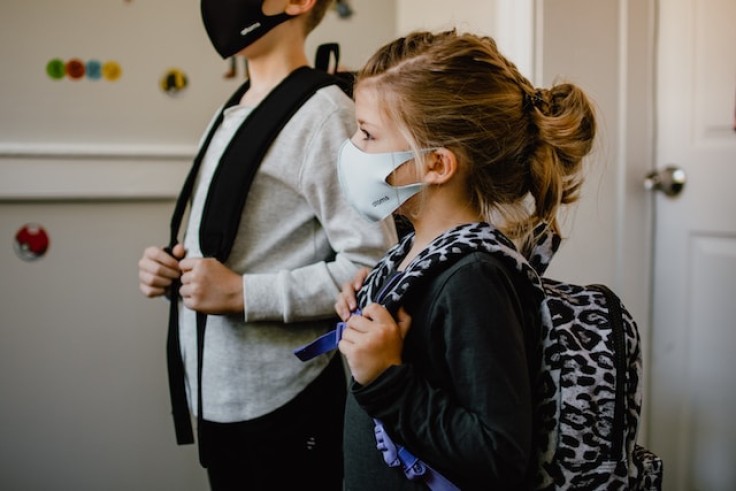
Inflation may be cooling, but its effects are still being felt as parents prioritize school supplies and cut back on apparel and tech devices in their back-to-school budgets this year, according to a new survey.
Survey Reveals Decrease in Back-to-School Budgets as Inflation Takes a Toll
According to Deloitte's 16th annual back-to-school survey, parents are budgeting $597 for back-to-school shopping this year, a decrease of 10% compared to the $661 spent last year. The survey also revealed that about 34% of shoppers are postponing non-essential purchases, reflecting a shift in consumer behavior.
One of the main factors driving this change is inflation. Among parents spending less this year, 51% cite having less money to spend, while 75% of those spending more attribute their increased spending to higher prices rather than more purchases. Overall, 68% of parents plan to spend the same or less on back-to-school shopping compared to last year, with inflation contributing to an increase from 63% in 2022.
According to Investopedia, concerns about the economy are also influencing parents' shopping decisions. More than half of the surveyed parents expect the economy to weaken in the next six months, and three in 10 report that their household financial situation is worse this year compared to last.
The impact of higher prices is evident in changing spending patterns. Tech products, which saw a significant increase in demand during the pandemic, are now becoming less important for parents due to inflation. Tech spending is projected to drop to $9.5 billion, a 13% decline from 2022, after reaching $11.8 billion in 2021.
Clothing is another area where parents are reducing their back-to-school spending. The budget allocated to clothing has decreased by 14% to $12.4 billion in 2023. Despite the reduction, clothing remains the largest spending category, accounting for 40% of the projected $31.2 billion parents will spend on back-to-school items this year.
The survey also highlighted a shift in payment methods. Cash usage has increased to 77%, up from 72% in the previous years, while credit card usage has declined slightly to 52%, compared to 54% last year and 55% the year before.
Furthermore, parents are starting their back-to-school shopping earlier. By the end of July, 59% of parents will have completed their shopping, compared to 53% at the same time last year.
These findings coincide with other studies indicating that Amazon Prime Day and related summer sales events have become significant platforms for back-to-school shopping among parents.
Read Also : Inflation Affects College Education as Students Face Steep Costs to Pursue Higher Education
Inflation's Ripple Effect: Understanding the Impact on Household Spending
As parents navigate the impact of inflation and adjust their back-to-school budgets, the changing landscape of consumer behavior and the economic outlook will continue to shape the way families approach this annual shopping season.
The survey data serves as a reminder that even with inflation cooling, its lingering effects can have a substantial impact on household spending decisions. As parents tighten their budgets and prioritize essential school supplies, retailers will need to adapt their offerings and pricing strategies to cater to changing consumer demands.
With inflationary pressures and economic uncertainties persisting, it remains crucial for parents to plan and budget wisely for back-to-school expenses. Exploring cost-effective alternatives, seeking out discounts and sales, and leveraging online platforms for comparison shopping can help alleviate some of the financial strain.
Ultimately, the shifting landscape of back-to-school shopping reflects the evolving dynamics of the economy and the impact of inflation on consumer behavior. As parents adapt their spending habits, retailers and businesses will need to stay attuned to these changing trends and provide solutions that meet the evolving needs of cost-conscious consumers.